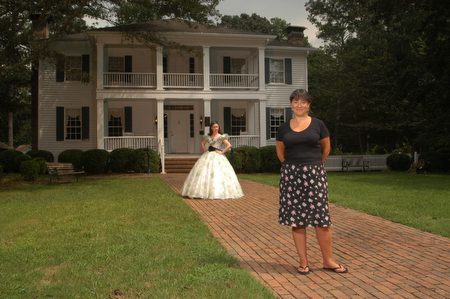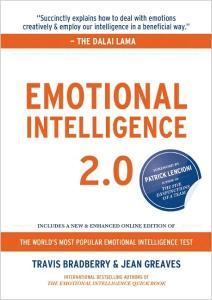For we are God’s handiwork, created in Christ Jesus to do good works, which God prepared in advance for us to do.
— Ephesians 2:10
 |
| Fellowship Of Christians United in Service, Hamilton, GA |
“Stanley, why were you created?” is a question I remember being asked by my grandfather Rev. Knolan Benfield.
My grandfather then quoted Ephesians 2:10 to me and let me know I was created to do good works.
I believe one of the greatest movements in my lifetime has been volunteerism. I saw this movement start in the late 60’s for me.
As a child I remember professional missionaries speaking to churches where they helped raise support. Most of the missionaries were all college graduates who often had masters and doctorate degrees in things like theology, law, agriculture and medicine.
 |
| Student marks the board to be cut as part of a roof repair for an elderly woman’s house in Hamilton, Ga. |
These missionaries felt called to give of their lives in service around the world. They prepared through education so they would be well qualified to do the work in a different culture. They would go to language school and learn to speak a foreign language.
 |
| Students clean the landscaping of Fellowship Of Christians United in Service offices in Hamilton, Ga. |
Loren Cunningham started Youth With A Mission in the 60s when the mainline church thought that unskilled youth should not be encouraged to do short term mission’s projects. It took a while to grow the concept to today. YWAM currently has over 16,049 full-time volunteer workers in nearly 1,100 operating locations in 171 nations and trains 25,000 short-term missions volunteers annually. It is a movement still growing and thriving today.
Former U. S. President Jimmy Carter got involved with Habitat for Humanity in 1984. Habitat for Humanity is devoted to building “simple, decent, and affordable” housing using primarily volunteers.
 |
| IMPACT 360 student cuts board for roof repair in Hamilton, Ga. |
Pay it Forward is a movie produced in 2000 about a 11 ½ boy’s response to school assignment to devise and put into action a plan that will change the world for the better. Most folks feel like they need to give back to those who help them, but this boy’s concept is to Pay it Forward and creates a movement.
This past weekend I photographed college students who are in a gap year program in Pine Mountain, GA doing a service project. One of the appealing things about this college program is the service component and students are seeking ways to Pay it Forward in their communities.
John and Trudy White founded the college gap year program called IMPACT 360. Trudy is the daughter of Truett Cathy, the founder of Chick-fil-A. One of the cornerstones of Chick-fil-A is based on biblical principle of service.
It’s the same way with the Son of Man. He didn’t come so that others could serve him. He came to serve and to give his life as a ransom for many people.
— Matthew 20:28
 |
| Elderly woman watches as the IMPACT 360 students and alumni put in stairs to her home in Hamilton, Ga. |
The students each year enjoy their time of service and after they graduate they come back for alumni weekends to work alongside the current students in service projects.
Are you living up to your purpose—doing good works?
















































